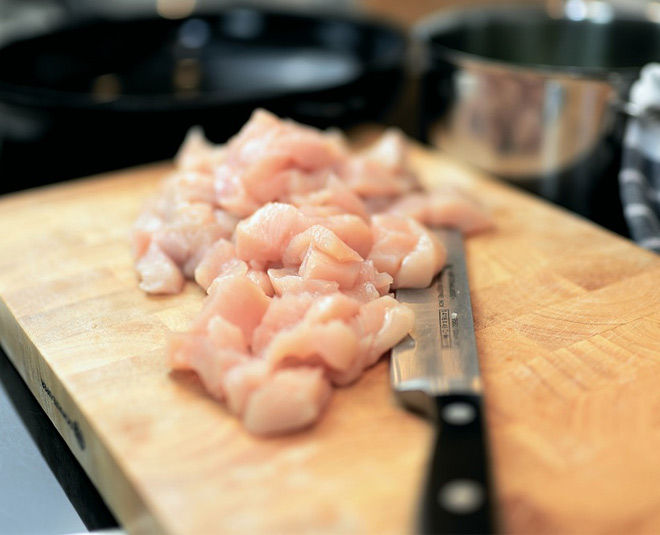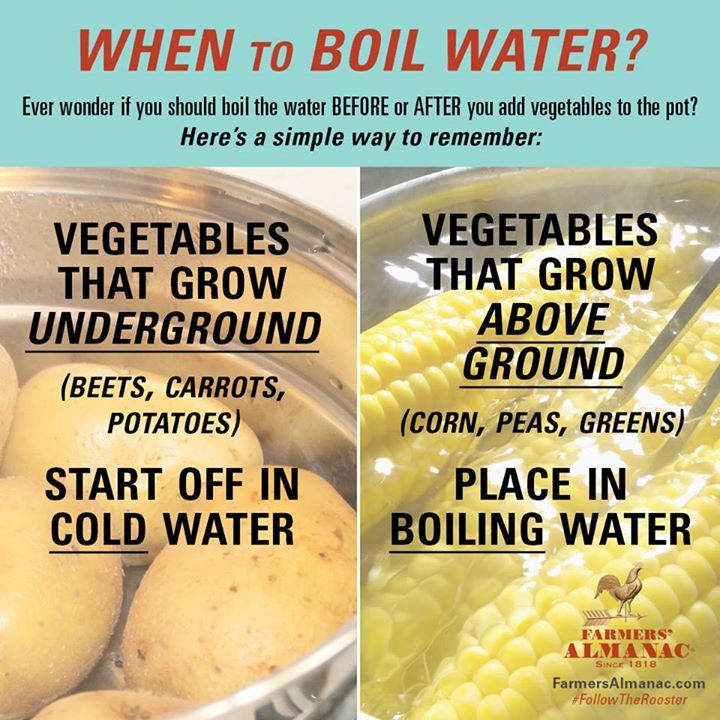
If you are passionate about cooking, then you have probably tried to learn advanced cooking techniques. You've heard of French and Chinese techniques. You've heard of French and Chinese techniques. But what about Japanese, Chinese, and other methods? You will want to know the best poaching and steaming techniques. These methods are easy to master and you can read on to find out more. These techniques can be applied to everyday cooking. These cooking techniques can be applied to your everyday cooking. Keep an eye out for cookbooks with detailed instructions.
French cooking techniques
French cooking has its roots in traditional techniques. French chefs are well-known for placing everything in its right place and cooking slowly at low temperatures. Confit, which involves slow cooking different foods in fat and low heat, is also known. Similarly, they often use alcohol for sauces. Flambeing is usually used for desserts. However it is possible to pour the alcohol into the food while it cooks to give it its flavor.
Chinese cooking techniques
Traditional Chinese cuisine is full of complex techniques that will make your cooking even more delicious. Stir-frying is one of these techniques. It involves using a wok to heat oil and then cooking the ingredients in it. Stirring the food rapidly and thoroughly is necessary to achieve the desired texture. This is the easiest and most suitable for small ingredients such as vegetables or noodles. Chinese cuisine has many other cooking methods that can produce different results from stir-frying.

French technique for steaming
Steaming, which is a cooking method that produces a constant flow of hot air around food to preserve all its nutrients, without adding fat, is a way to cook. Steam is gentler than boiling water and is great for delicate foods. The steam method allows for fast cooking and preserves nutrients as well as natural color. This technique is well-known in France, where it can be a joy to prepare vegetables and fruits.
Japanese technique of poaching
The Japanese have perfected poaching, a technique that slow cooks fish. This involves vacuum-sealing the food in a bag and slowly heating it at low temperature. This technique creates uniform texture while removing aromatics. It also has health benefits. Here's how you can poach salmon Japanese style.
Vietnamese technique for boiling
The traditional Vietnamese method of boiling rice can be a simple, yet highly effective method. This method involves steaming foods in metal or bamboo trays. This method is very beneficial because it preserves nutrients and doesn't use any oil. It can be used to cook seafood and sticky rice. It is especially helpful for vulnerable people living in developing nations who are heavily dependent upon water resources that are not yet improved. Some precautions should be taken.

FAQ
How long does it take to become chef? What's the average career path for a chef?
Becoming a chef takes approximately five years. This time you'll learn the basics of cooking and work as a cook assistant. You can apply for line, sous or executive chef positions after you complete your training. The average annual salary for a professional chef is between $25,000 and $60,000
Is there any difference between a chef or a cook.
A chef prepares food to be served to others. A cook prepares the food for oneself. A chef, on the other hand, works directly with customers. This may mean that they might have to choose what to cook for guests depending on their preferences. Cooks don't interact with customers. Instead, a cook makes sure the food tastes good before delivering it to customers.
What are some basic cooking skills?
Basic cooking skills are the ability to read and follow recipes. These skills are essential if you wish to cook well for yourself. Cooking can be a great way of saving money, as you don't need to go out to eat all the time.
Do I need to attend culinary school to become a cook?
No. No. Some even went to culinary schools to gain practical experience. Culinary school is preferred by most chefs because they have more opportunities to grow and learn. Culinary schools offer hands-on training which allows students to improve their skills and knowledge of cooking.
What Are the Requirements To Be a Chef?
To be a chef you need a bachelor's level in culinary arts. A series of tests must be passed by the ACF. A certificate will verify your qualifications once you have met all of these requirements.
What is the cost of a culinary school?
Culinary school costs vary depending on where you go, how long you study, and what program you choose. The annual tuition average is between $10,000 and $30,000 The majority of students graduate with around $20,000 in student debt. There are programs that offer work-study and scholarships.
How do I motivate to cook?
Sharing meals with family and friends is the best part of cooking. Cooking for yourself is much more enjoyable than cooking for others. Try making something new if your goal is to become more motivated to cook. You'll learn new techniques, and you'll be inspired to cook. To expand your culinary skills, you can also make use of recipes from other cultures.
Statistics
- The median pay for a chef or head cook is $53,380 per year or $25.66/hour, according to the U.S. Bureau of Labor Statistics (BLS). (learnhowtobecome.org)
- under 10 Kids have been taught that there is special food just for them, and Fiese says that 10 percent of kids will throw a tantrum if they don't get the food they want. (washingtonpost.com)
- On average, chefs earn $58,740 a year, according to the BLS. - learnhowtobecome.org
External Links
How To
How to make a perfect Omelette
Omelets are my favorite breakfast dish. But how do they turn out so perfectly? There are many recipes and methods I tried, but none worked. So today, I want to share some tips and tricks with you so you can make your own delicious and fluffy omelets every morning.
Before we start making omelets, let's remember that eggs are temperamental. They must be fresh, preferably from the organic market, and be kept cold until cooking. The yolks and whites will not form properly if they aren't kept cold enough. Your omelets will look strangely colored if this happens. If you want to make omelets right away, it's best not to use eggs that are too cold.
You might also try separating the egg before adding to the pan. You don't want any white to get mixed up with the yolk because this could cause the omelet to curdle.
You could end up burning the bottom half of the egg if the egg is added directly to the heat source. Instead, place the egg in the microwave for 10 second before you put it in the skillet. The microwave heat cooks the eggs just right without overcooking them.
Next, let's talk about mixing the eggs. When mixing eggs, it is important to thoroughly beat them. You need to turn the bowl of the mixer upside down. Next, shake the bowl vigorously. By doing this, the egg is thoroughly mixed with the air in the bowl.
Now comes the fun part - pouring the milk into the mixture. Fold the eggs in the milk mixture by first pouring half of it into the egg whites. You don't need to worry if streaks remain. They will disappear once you flip your omelet.
After you have folded your eggs, heat up the oil on medium heat. Wait for it to get hot. Add 1/4 cup butter to the oil and swirl it around to coat all sides of the pan. Now carefully crack open the lid of the pan and sprinkle salt into the pan. An additional pinch of salt will prevent the omelet form sticking to your pan.
Cover the pan once you have formed the omelet. Wait for the top to set. Use a spatula to flip the omelet or turn the pan upside-down. Cook the other side for another minute or two. Take the omelet out of the pan and immediately serve.
This recipe works best using whole milk. Skimmed milk is also possible.